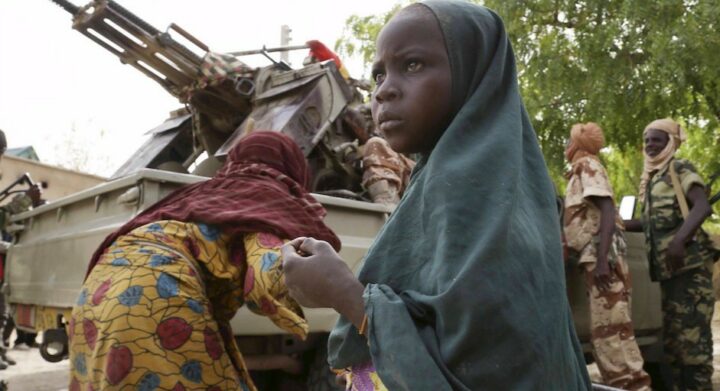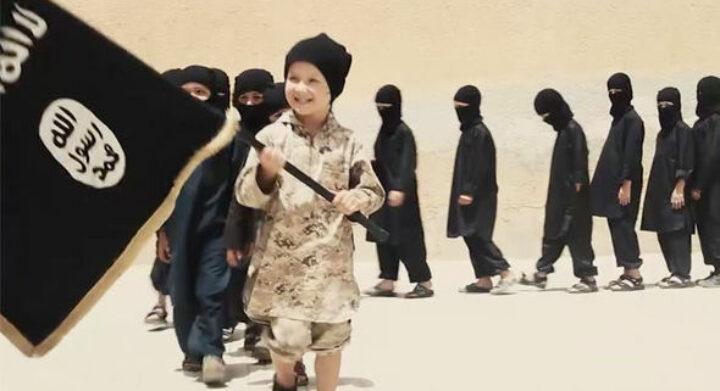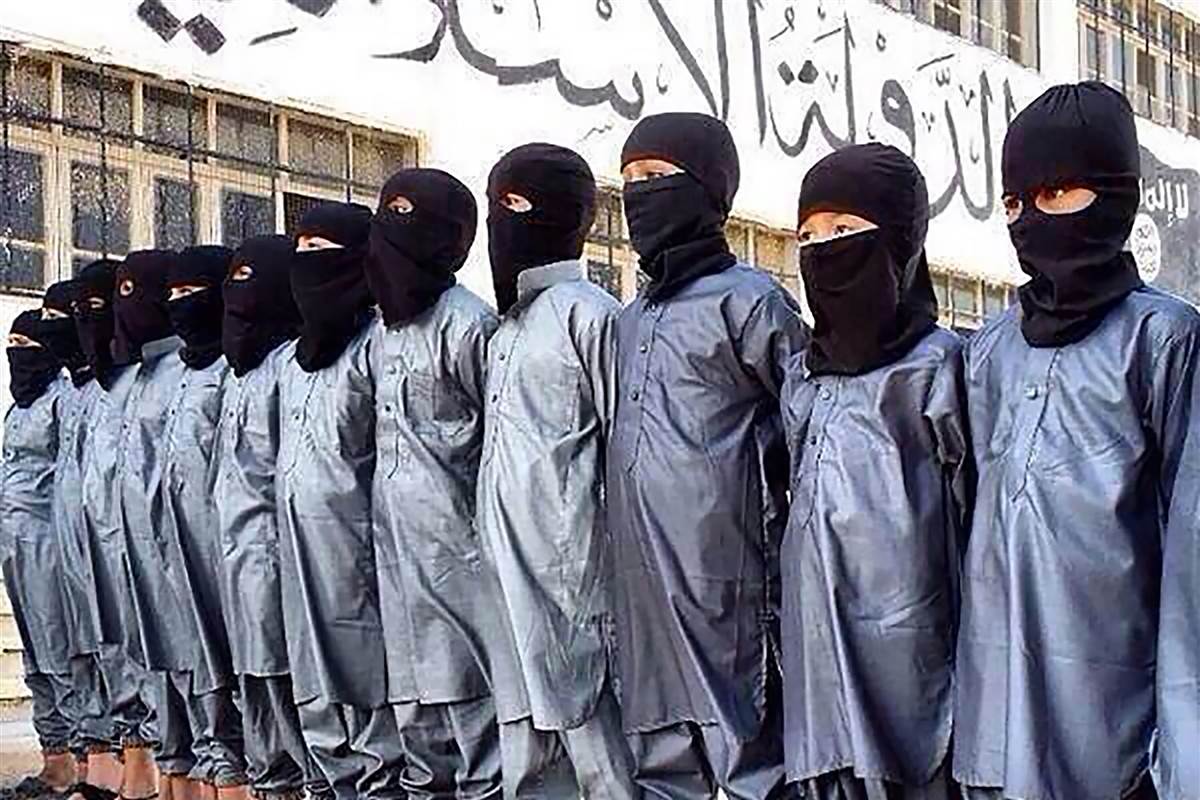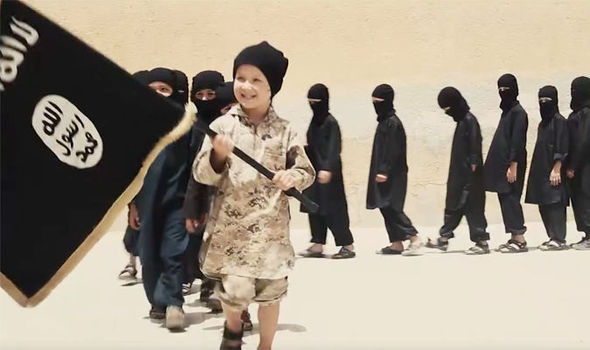The Tragedy of Mosul
As Iraqi soldiers closed in on remaining Islamic State forces in Mosul in early July 2017, they faced a threat previously unemployed by their enemy thus far. In a mere three days of fighting, from July 2nd to the 4th, the Islamic State deployed up to 20 female suicide bombers against pro-government troops. The strategy did little to prevent the collapse of IS presence in the city: by July 3rd, the Islamic State controlled less than a square mile of territory in the city.
However, the presence of female suicide bombers was unprecedented in the conflict. The use of female suicide bombers have evolved for various groups, including the infamous Chechnyan ‘Black Widows’, as well as Palestinian women during the Second Intifada. But until the fall of Mosul, the Islamic State had refrained from the tactic. Indeed, since June 15th, the only other uses of female suicide bombers were carried out by Boko Haram, the IS-affiliated extremist operating in West Africa. The group used female suicide bombers in attacks ten times since June 15th.
Why Women?
In January 2004, after years of resistance to the concept, Hamas leader Sheikh Ahmed Yassin admitted that women were able to reach targets better than men and therefore may act as a useful fallback weapon. Not only may women not necessarily be seen as much of a threat, but they also may produce a greater psychological effect, utilize the element of surprise, and produce greater publicity. For instance, an image of a female suicide bomber affiliated with ISIS carrying her child before her attack during the fall of Mosul circulated heavily on news sites and social media. In regions where more conservative forms of Islamic clothing are more common, the coverings also provide a possible disguise for male suicide bombers. On July 2nd, 2017, a male suicide bomber targeting an Internally Displaced Persons (IDPs) camp in Anbar province in Iraq used a conservative female covering to conceal his explosives before detonating the device. The Islamic State claimed responsibility for the attack, which killed 14 people.
For the women themselves, a role as a suicide bomber can be voluntary or forced. Some rationale include perceived honor and social status of martyrdom, as well as financial gain. For example, a young woman recruited to be a suicide bomber for Boko Haram noted that they offered her money and her martyrdom for her role as a bomber. However, it is often threats rather than incentives, as Boko Haram has been similarly documented abducting women and forcing them into marriages as a way to recruit them into acting as suicide bombers.
The Statistics of Female Suicide Bombers
Regardless of the different motivations for female suicide bombers, the question of whether the theoretical advantages of female suicide bombers materialize in real terrorist attacks is statistically unclear. To evaluate the comparative lethality of female suicide bombers, we use the data from the Rise To Peace Active Intelligence Database since June 15th. Looking only at suspected Boko Haram suicide bomb attacks which were verified by two different media sources yields a field of 13 attacks: 10 that involved women and 3 that did not. The 10 attacks involving women killed a total of 77 people and injured a total of 152, for an average of 7.7 killed and 15.2 injured per attack. Meanwhile, the 3 attacks without women killed a total of 12 and injured a total of 10, for an average of 4 killed and 3.3 injured per attack.
However, there are two reasons this higher lethality rate is misleading. First, attacks that involved women had a higher average number of attackers to begin with. Attacks involving women had an average of 3 attackers while attacks without women had an average of 1.7 attackers. The second reason why this data is misleading is that while these 10 attacks involved women, they often included both genders. However, merely breaking down the damage by an individual’s respective contribution is also problematic because attackers often impact each other’s effectiveness. For example, in a July 23rd attack on an IDP camp in Nigeria, a female bomber was chased by security forces while a male attacker detonated his vest.
Calculating the amount of casualties per attacker for each instance and averaging the per-attacker casualty numbers may provide a more accurate picture. This simultaneous indexes the attacks for the amount of attackers, but doesn’t so in a way that ignores the ability of bombers to impact each other’s effectiveness in an attack. The results are shown below:
| Boko Haram Suicide Bombings involving women | |||||
| Attack Label | Number Killed | Number Injured | Number of attackers | Per-Attacker Killed | Per-Attacker Injured |
| 06.15.06.2017 | 2 | 7 | 1 | 2 | 7 |
| 04.18.06.2017 | 16 | 7 | 5 | 3.2 | 1.4 |
| 03.25.06.2017 | 9 | 13 | 7 | 1.3 | 1.9 |
| 03.28.06.2017 | 2 | 11 | 2 | 1 | 5.5 |
| 01.01.07.2017 | 1 | 2 | 4 | 0.3 | 0.5 |
| 04.11.07.2017 | 15 | 23 | 4 | 3.8 | 5.8 |
| 03.12.07.2017 | 12 | 42 | 2 | 6 | 21 |
| 01.17.07.2017 | 8 | 18 | 1 | 8 | 18 |
| 08.23.07.2017 | 4 | 15 | 2 | 2 | 7.5 |
| 04.28.07.2017 | 8 | 14 | 2 | 4 | 7 |
| Average | 7.7 | 15.2 | 3 | 3.2 | 5.7 |
| Boko Haram Suicide Bombings not involving women | |||||
| Attack Label | Number Killed | Number Injured | Number of attackers | Per-Attacker Killed | Per-Attacker Injured |
| 01.21.06.2017 | 8 | 2 | 4 | N/A | |
| 04.03.07.2017 | 4 | 10 | 2 | 2 | 5 |
| 06.24.07.2017 | 0 | 0 | 1 | 0 | 0 |
| Average | 4 | 3.3 | 1.7 | 3 | 1.7 |
| *All data provided by the Rise To Peace Active Intelligence Database | |||||
Thus, there seems to be at least a slightly higher amount of average killed and injured per attacker in attacks involving women. However, the small sample size and other confounding factors preclude a conclusion based on these calculations.
What does this mean?
There are a few important implications of even a possible increase in terrorist lethality from using women in suicide attacks. First and foremost, the security of women in conflict zones is imperative if attackers believe that kidnapping and forcing women into suicide attacks will grant them a combat advantage. Especially in situations like Mosul where the desperation of extremists combine with the fog of war, aiding civilians might simultaneously prevent even more horrible tactics by terrorists. And secondly, the study of these perverse forms of the weaponization of civilians requires more study. Beyond making sure that they can successfully destroy terrorist groups, policy makers should ensure that they form policy and strategies in ways that prevent or reduce the risk of horrible tactics like forced suicide bombing. A civilian-minded approach to conflict resolution can thus produce dividends on efforts to achieve peace in different areas of the world.




